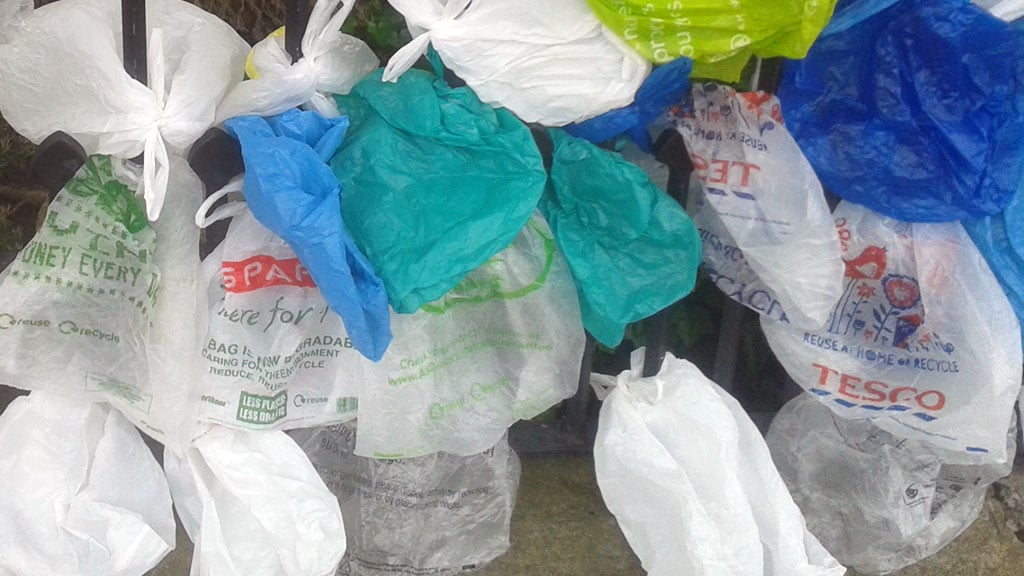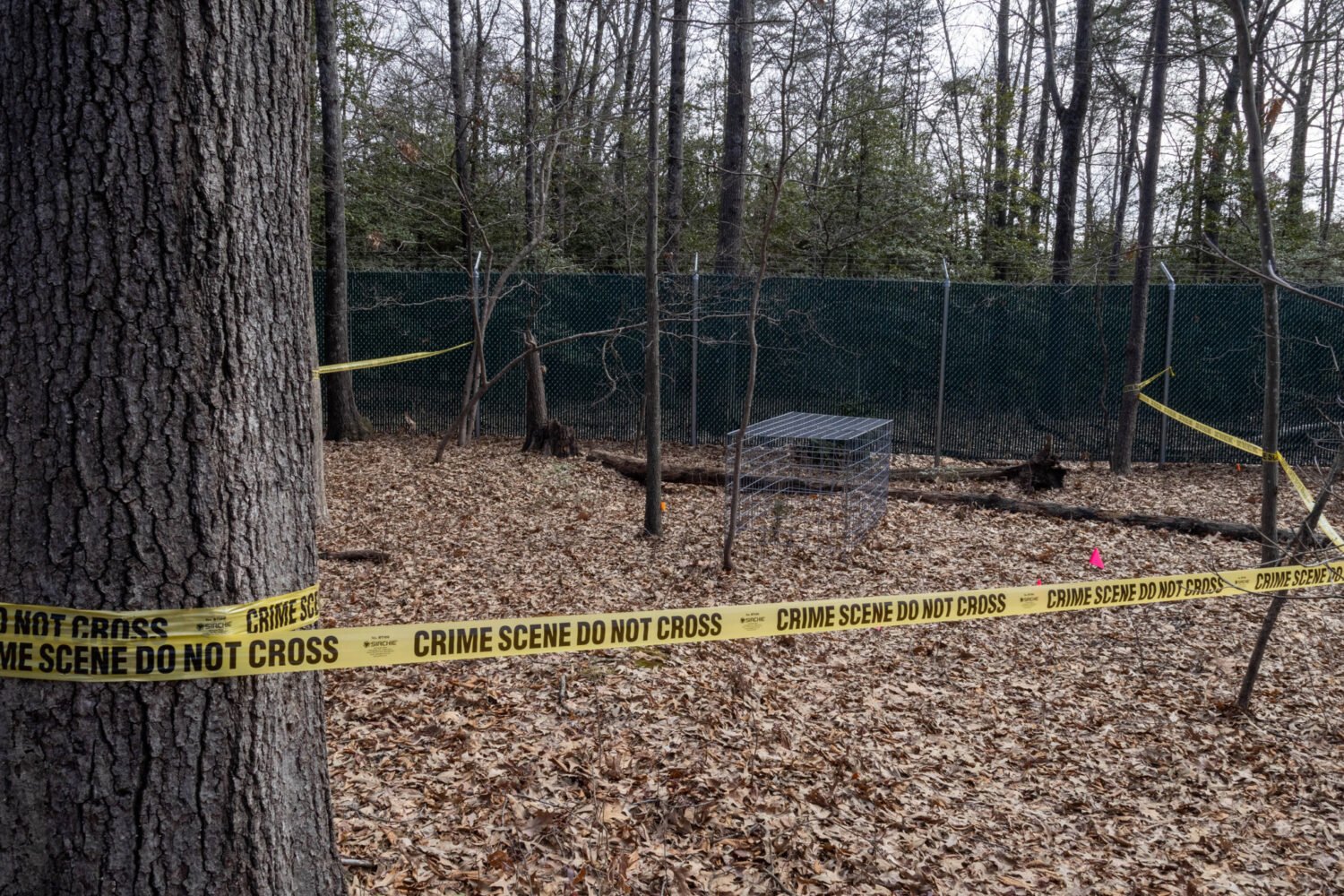There are currently over a trillion plastic bags used every year, according to a new study, published this week in Current Biology. Plastics in general are resistant to biodegradation, and the sheer abundance of excess plastics in the world has spawned many a movement to swap plastic water bottles for stainless steel canteens or to start carrying groceries in reusable totes. Nonetheless, the study reports that 38 percent of plastic in the EU, Norway, and Switzerland find their final home in landfills.
But while conservationists have been scratching their heads about what to do with all this plastic waste, one scientist stumbled across an unlikely hero: wax worms.
Frederica Bertocchini, a scientist at the Institute of Biomedicine and Biotechnology of Cantabria (CSIC) in Spain and an amateur beekeeper on the side, had put the wax worms into plastic bags after cleaning them off of her beehives. When she checked the bags later, she found that the worms had chewed through them.
“I store my beehives (empty of bees, of course) in my place, in a spare room. Cleaning them, I saw they were infested with wax worms, a fact that per se is not surprising, because wax worms are a pest for beekeepers—they grow in honeycombs feeding on wax and honey,” says Bertocchini. “I put them in a plastic bag, and after a while I saw that the plastic bag was full of holes and the caterpillar were crawling around.”
To test the theory that these wax worms—which are actually larvae of wax moths—could eat through plastic, Bertocchini and a pair of researchers at the Department of Biochemistry at the University of Cambridge put 100 wax worms into a plastic bag. While holes started showing up in the bag just 40 minutes in, the researchers found that the mass of the polyethylene—a substance that makes up many plastic products—was significantly reduced after 12 hours.
Why could the worms break down the non-biodegradable plastic? The study suggests that the fact that the worms feed on wax—hence why they were hanging out on Bertocchini’s beehives—gives them ability to break down certain chemical bonds which are also present in polyethylene. While further study is needed to understand exactly how the wax worms are able to demolish the plastic, the study concludes by saying that there could be some significant uses for this discovery in the future.
“Our aim is the characterization of the molecular mechanisms responsible for this biodegradation,” says Bertocchini. “In other words, to isolate the molecules responsible, produce them in the lab in vitro, in large scale, and use this tool to destroy the polyethylene waste.”




















